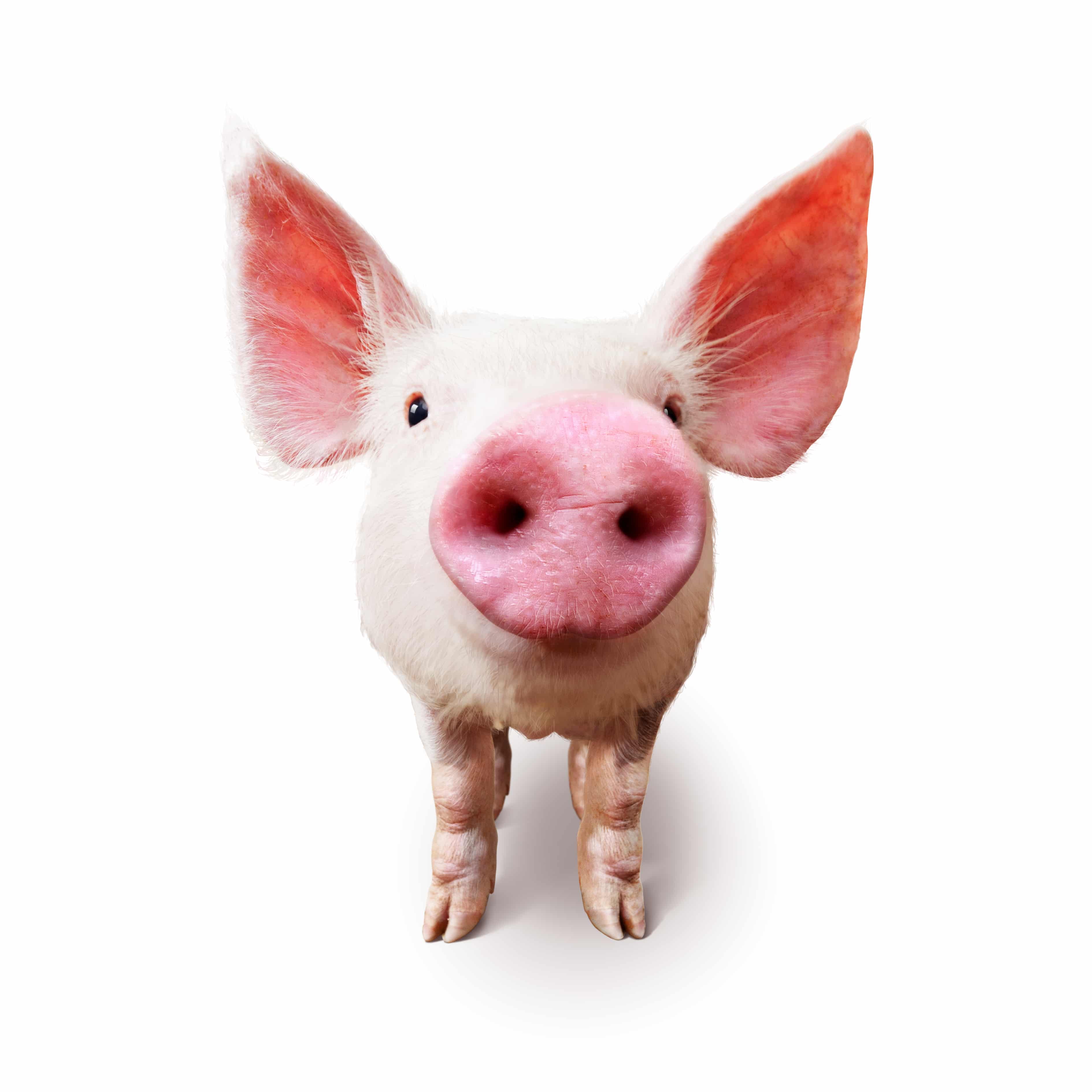Foreign Animal Disease Poses Growing Threat to U.S. Agriculture
Despite improved biosecurity protocols, transboundary diseases such as African swine fever (ASF) pose an increasingly significant threat to U.S. agriculture, the food system and the American population that relies on it for their health and livelihoods. On Tuesday, the Farm Foundation hosted a forum to discuss agricultural biosecurity with Alan Rudolph, vice president of Research at Colorado State University; Cassandra Jones, associate professor at Kansas State University; and Dan Kovich, director of science and technology at the National Pork Producers Council (NPPC).
“The increasing frequency of occurrence of known diseases, as well as threats from emerging infectious diseases that could dramatically threaten our country, demands increased attention to enhanced agricultural biodefense,” Rudolph wrote.
Although awareness and planning to improve response to infectious disease outbreaks has increased, experts said gaps remain. Despite best efforts, Rudolph said that a lack of coordination linking research and technology development across human and animal investments in biosecurity still exists.
If there is one message that Kovich hopes the swine industry takes home from today’s forum, it’s that there are a lot of people looking into agricultural biosecurity and devoting resources to decrease this growing threat.
“There’s still a lot more that we can do and need to do,” Kovich said. “When it comes to biosecurity in general, the question remains, what can we do to prevent the next thing that’s coming? And the thing after that?”
Feed supply chain assessment
The feed supply chain has been making headlines as research continues to prove the ability of viruses to be transmitted through feed. Jones said although this is not the most likely route of disease entry into the U.S., it can quickly spread disease if it gets into the U.S.
To be able to continue studying how viruses spread in feed, continued and additional support is needed. Researchers also need more access to controlled research facilities.
“We need more access to those control facilities so we can do research faster, but we also need research and access to naturally contaminated environments,” she said. “It's really when the epidemiology and those controlled research projects come together that we can find our best information.”
On Feb. 20, NPPC and 30 state pork producer associations asked Agriculture Secretary Sonny Perdue to take additional measures to protect the U.S. pork industry from ASF by using Perdue’s authority under the Animal Health Protection Act to restrict imports of organic soy products from ASF-positive countries to further safeguard our animals and prevent an outbreak that would have devastating, far-reaching economic consequences.
“This is a risk that is definitely worth preventing,” Kovich said.


